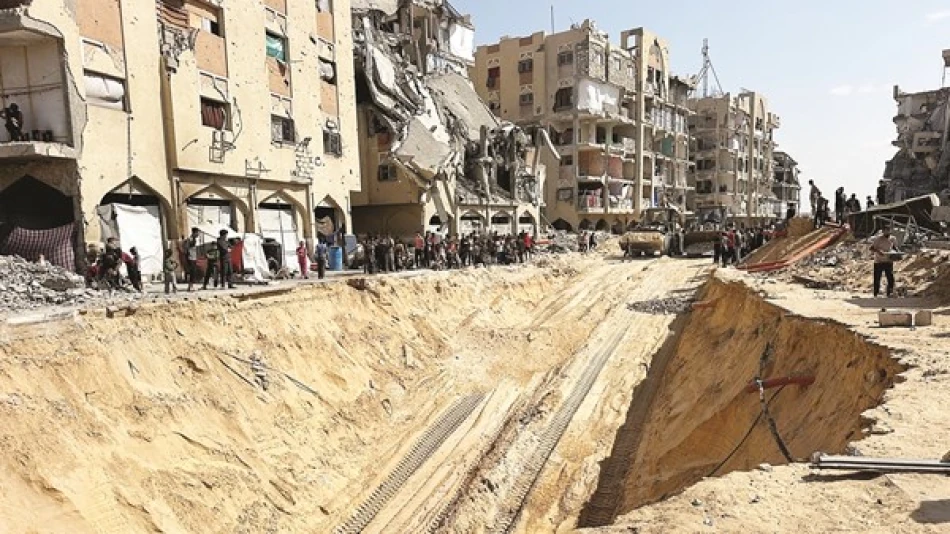
Ongoing Search for Remains of Detainees Missing in Gaza
Hamas has delivered nine bodies of Israeli captives since the Gaza ceasefire began, but finding the remaining 19 remains proves far more complex than expected. Many bodies are buried under rubble from destroyed buildings or trapped in tunnels that Israeli forces demolished during the war.
Palestinian factions continue searching for missing remains in the Hamad Towers area north of Khan Younis. Hamas committed to delivering all bodies under the ceasefire agreement, which covers 28 total captives in the first phase of what officials call President Donald Trump's Gaza peace plan.
The militant group acknowledged the challenge ahead. "We confirm our commitment to the agreement and our keenness to implement it and deliver all remaining Israeli prisoner bodies," Hamas said in a statement. But they warned the process will take time.
Here's the problem: some bodies were buried in tunnels that Israeli military operations destroyed. Others remain trapped under collapsed buildings from months of bombardment. Hamas says they've already handed over all remains they could access directly.
The group needs heavy equipment and machinery to clear debris, but these tools can't enter Gaza due to current restrictions. This creates a practical bottleneck that could delay the process for weeks or months.
Washington is working through mediators to provide intelligence and logistical support to locate the remaining bodies. Israeli officials have already shared intelligence about possible locations based on their information gathered during the conflict.
Other countries are offering help too. Turkey proposed sending a specialized team experienced in recovering earthquake victims' remains. These experts know how to locate bodies buried under massive amounts of debris.
The body recovery effort reflects broader challenges facing Gaza reconstruction. The territory suffered extensive damage during months of fighting, leaving much of the infrastructure in ruins. Finding specific locations under this destruction requires both time and specialized equipment that isn't readily available.
For families waiting for closure, each day brings uncertainty. The ceasefire agreement provides a framework, but the physical reality of searching through a war zone creates delays nobody anticipated when the deal was signed.
Most Viewed News

 Layla Al Mansoori
Layla Al Mansoori






